I first paddled into Loch Scavaig (better known as Loch Coruisk by the sea kayaking community) in June of 1999, with a group of young people. It was my main research project for my Master’s Degree, from the University of Sheffield. Gordon Brown, who was with us that day, in his book “Sea Kayak” states that it is possibly the finest one day paddle in the world. Clearly I would have to disagree with this, as the Ecrehous, in my opinion, have everything that is needed for a memorable paddle. That said it is a truly memorable paddle, which sea kayakers should aspire to complete.
The classic route is to leave from Elgol, with the expanse of the Cuillin Mountains dominating the view. These mountains, formed from the igneous rock, gabbro, are probably the most spectacular in the British Isles. Attracting climbers from wide and far. This is a route that I have paddled on numerous occasions over the last 20+ years. Launching from Elgol the magnificent scenery is visible from the moment you start to drive down the hill into the village.
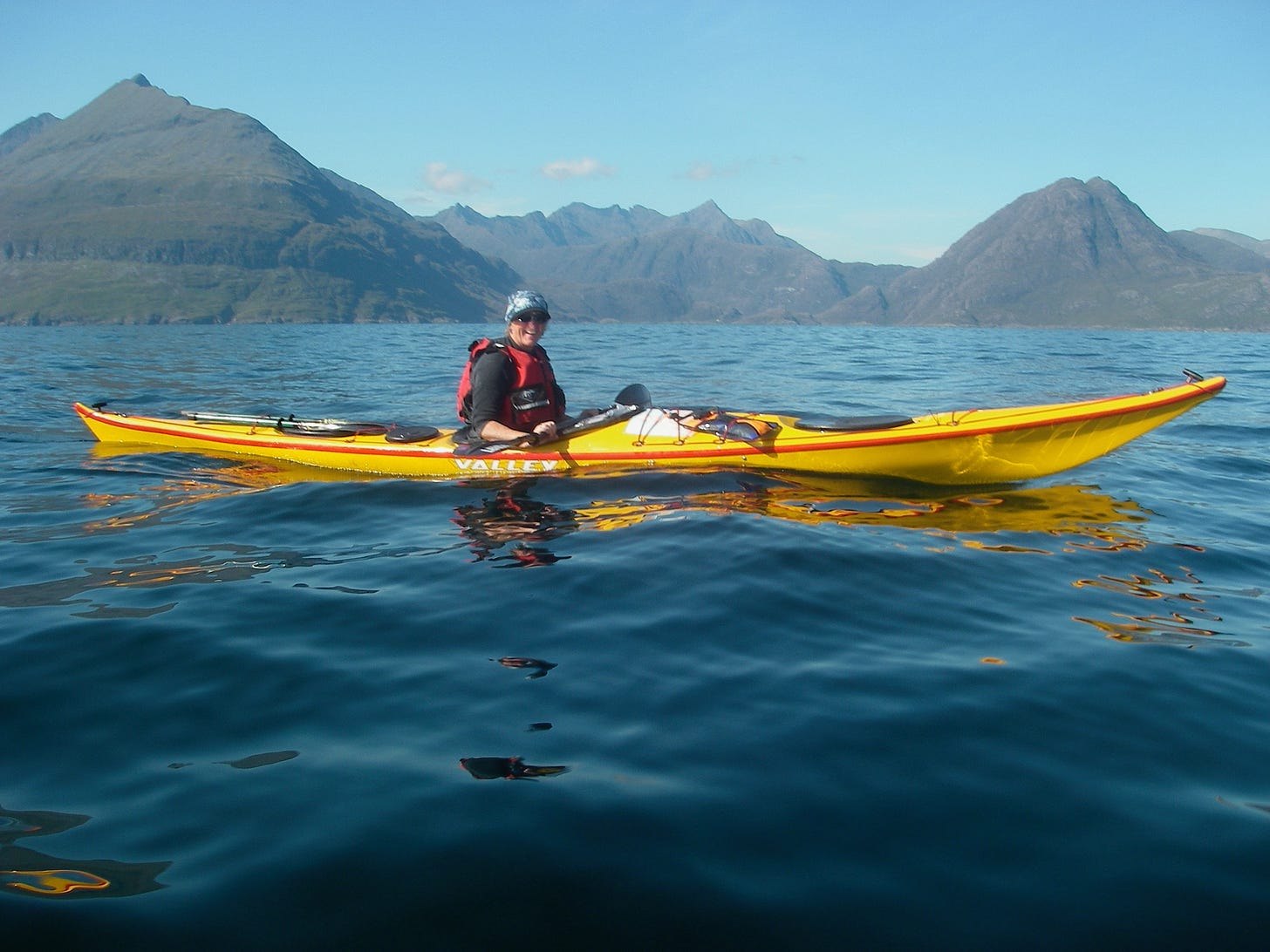
The dramatic mountain views dominate the view, right until the moment that you land, generally on the rocky slabs in front of the Coruisk Memorial hut. The hut was built in 1959 in two young Scottish climbers who lost their lives climbing on Ben Nevis, six years earlier. After refreshments it is well worth walking to the fresh water Loch Coruisk.
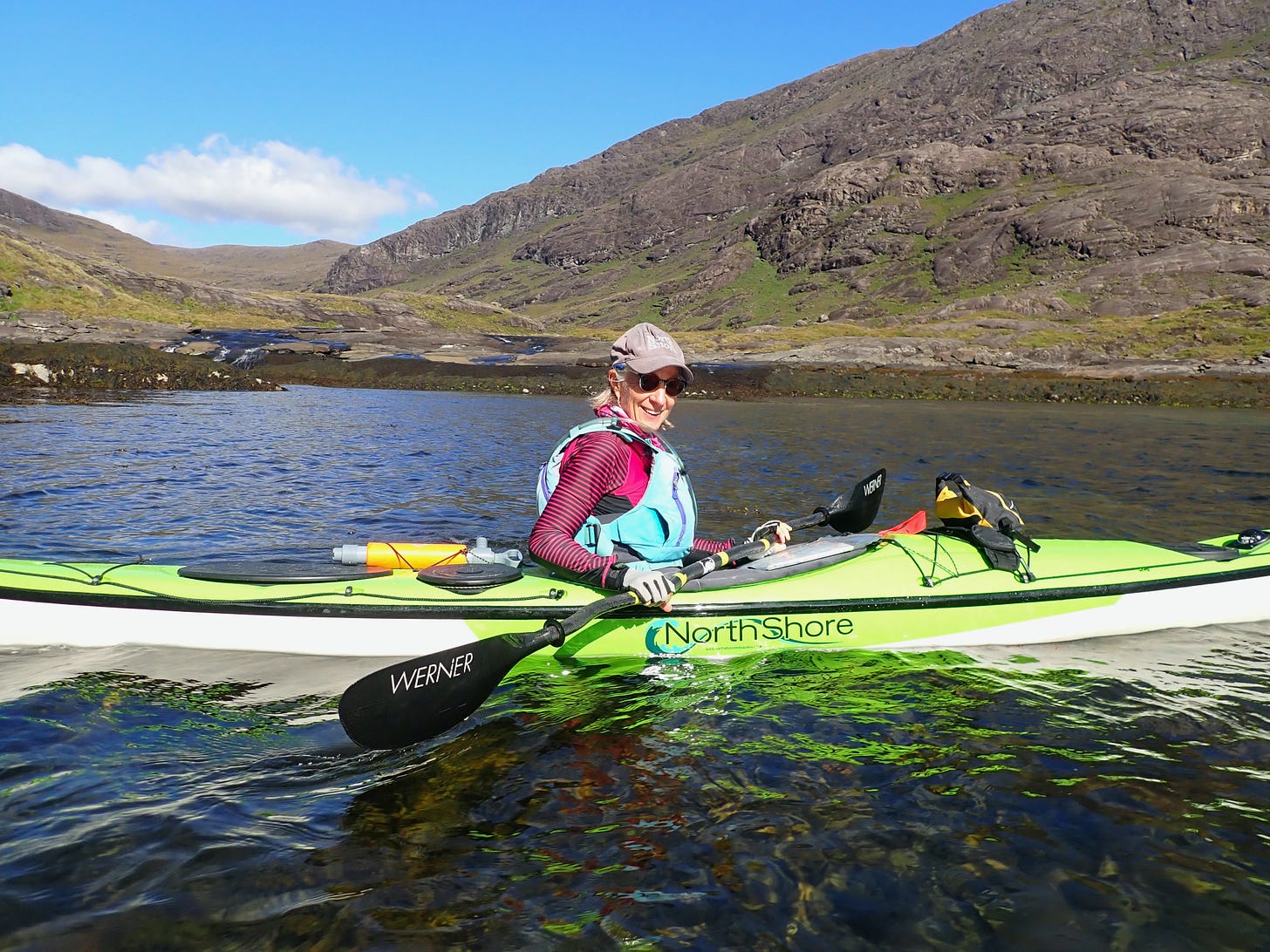
A couple of times we have carried our kayaks up the Loch, paddling nearly 2 miles into the heart of the Black Cuillins, a completely memorable experience, which is well worth the effort of the portage. The path up to the Loch follows the course of the Scavaig River, reputed to be the shortest river, from source to sea, in the UK. After one particularly rain soaked visit, we were able to paddle this short river, including shooting the slabs, into the sea, fortunately the tide was in and we were in plastic sea kayaks.
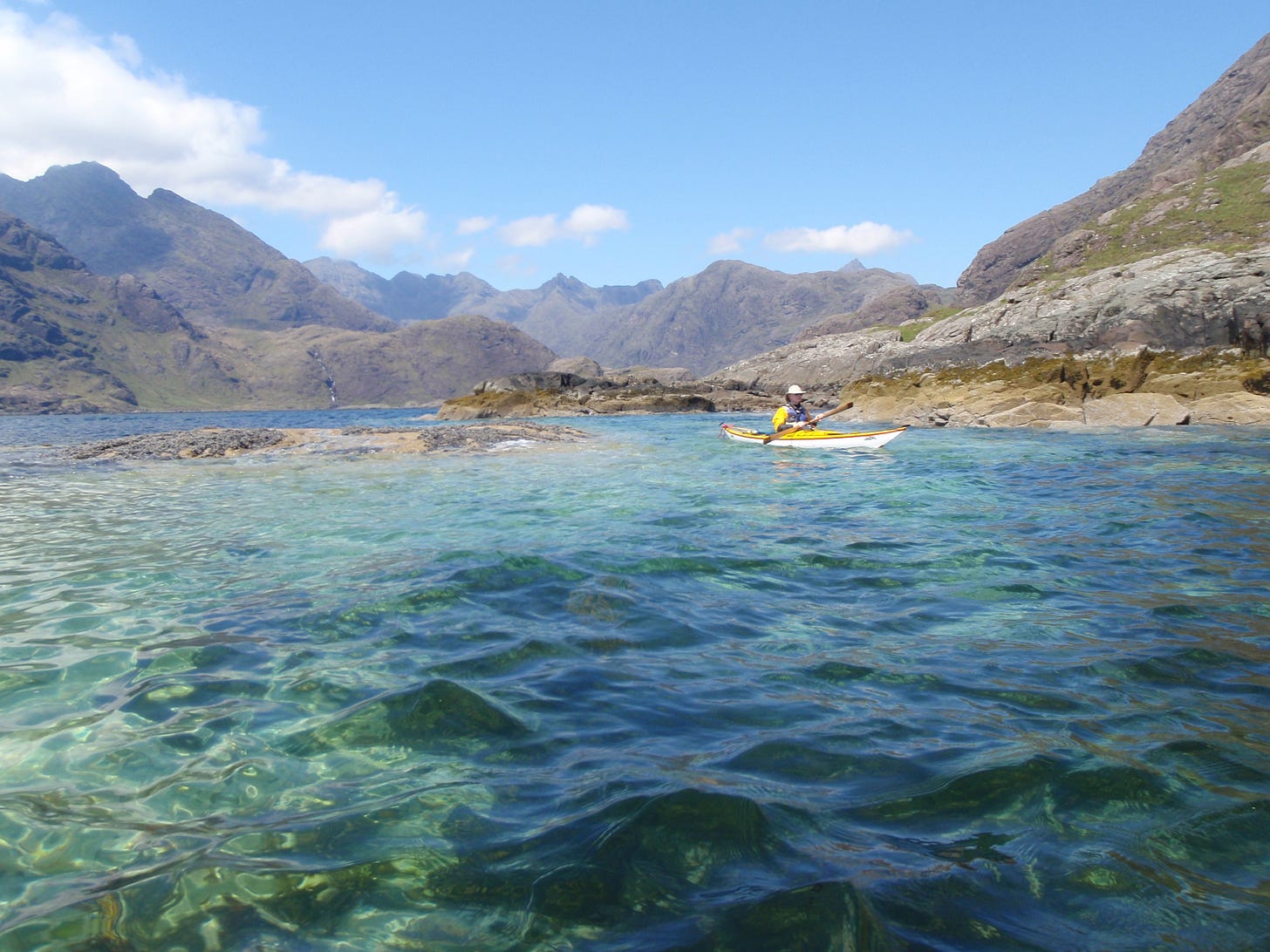
If Elgol was the departure point it is possible to return directly or to extend the journey by include a visit to the remains of the Basking Shark fishing industry on the small island of Soay. This industry was run by Gavin Maxwell and his partner Tex Geddes, lasting just 3 years. Maxwell’s book “Harpoon at a Venture” describes this environmentally insensitive industry. These magnificent creatures, the world’s second largest fish, can still be encountered in these waters, with adults regularly reaching 26 feet (7.9 metres) in length. Their numbers are recovering from the indiscriminate slaughter of earlier times.
Any encounter with a Basking Shark, is amazing, but seeing one close up is truly memorable.
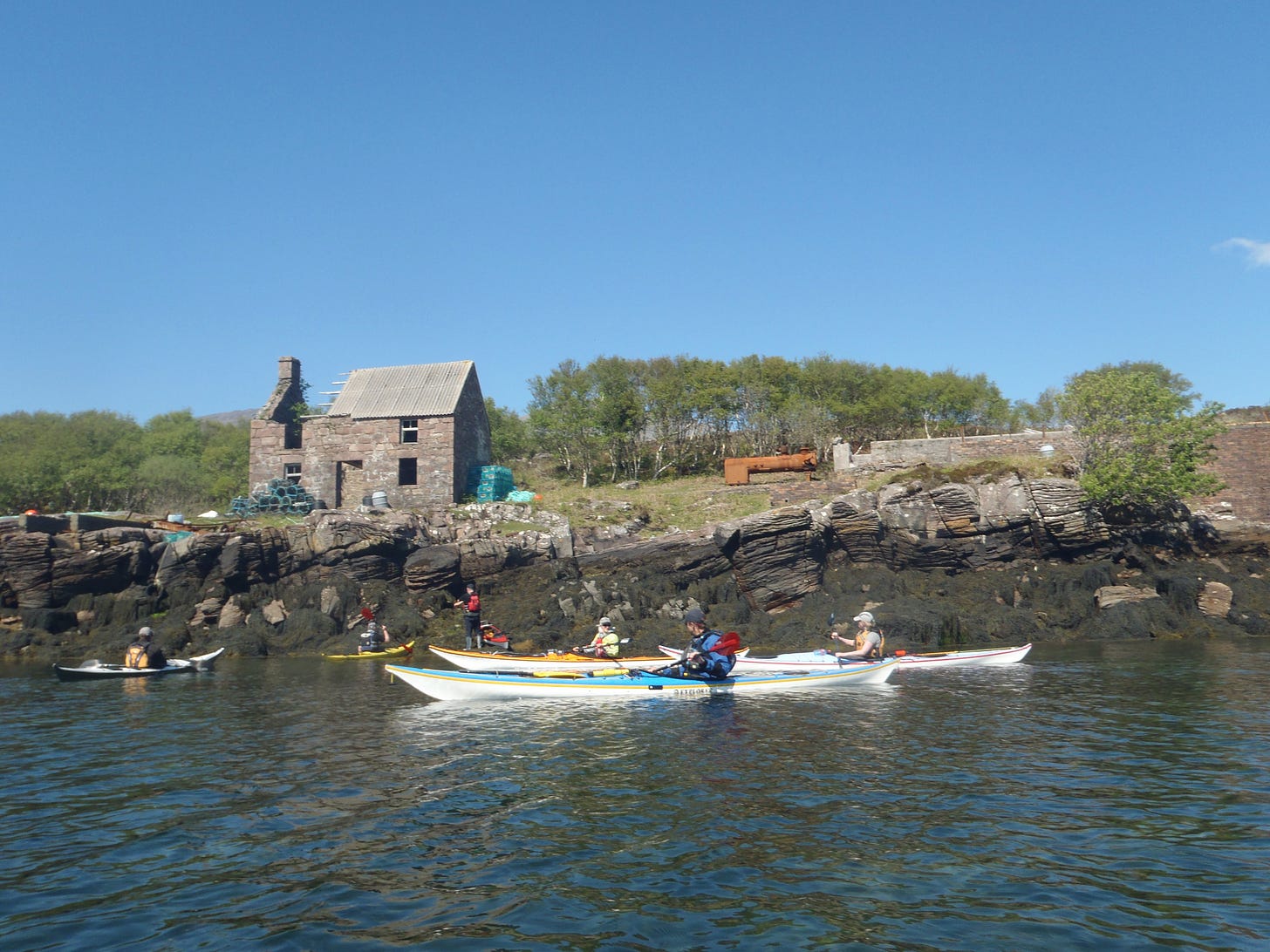
A direct paddle to and from Elgol is 8 nautical miles, adding a visit to the inlet on the north side of Soay increases the distance to 12 nautical miles, whilst adding a complete circumnavigation of Soay produces a day trip of 15 nautical miles. If an alternative departure point is selected specifically Glen Brittle, then the direct distance, without any deviations to Soay, is 20 nautical miles. These distances are taken from log books, which I have kept, with a degree of enthusiasm, since 1979. All were recorded on my handheld GPS units. I was an early adopter of the new technology so have accurate measurements going back to the mid 1990’s. Many of my paddling friends at the time thought they would never catch on!
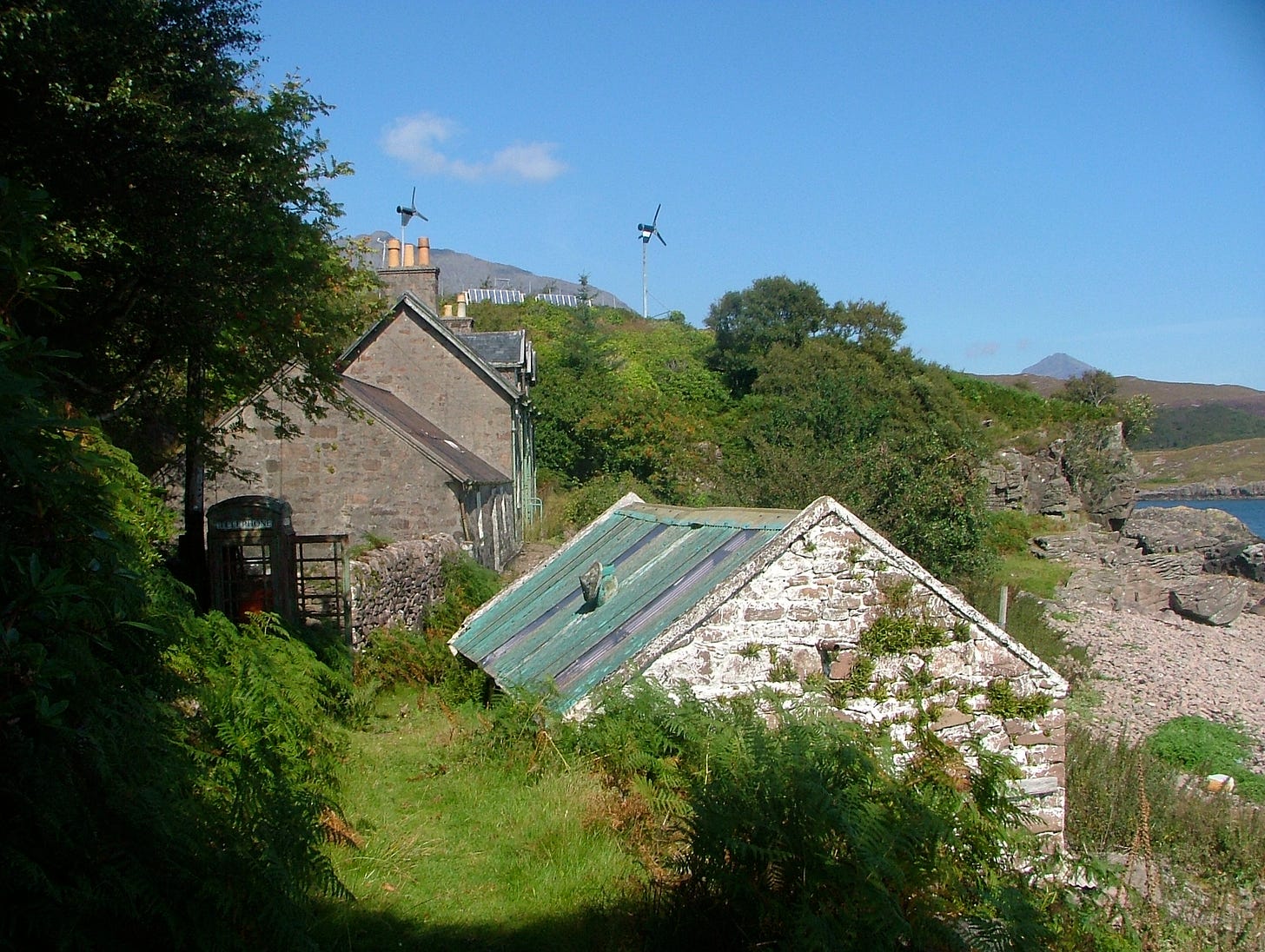
The longer paddle, leaving from Glen Brittle, approaches Loch Scavaig from the west. This is the route we followed last summer, although the scenery is dramatic the full impact of paddling into Loch Scavaig isn’t revealed until you have been paddling for a couple of hours. The coast starts to trend north, and slowly the glaciated landscape is exposed. Each paddle stroke taking you closer to the heart of the mountain range. A landscape, which struck fear into the heart of the islanders several hundred years ago but today, somewhere which inspires awe and wonder.
Although a longer paddle we saved plenty of time on the drive. From where we were staying, Glen Brittle, according to Mr Google, was 11 miles away and a 29 minute drive whereas Elgol was 41 miles away with a journey time of 1 hour 12 minutes. It is easy to forget just how big Skye is!
Exploring this area by kayak is an absolute joy for anybody with an interest in physical geography and the processes which sculpture the landscape or in wildlife. This is a classic glaciated landscape, some prior reading or being accompanied by a enthusiastic geographer, can certainly add to the enjoyment of the journey through this area of Scotland.
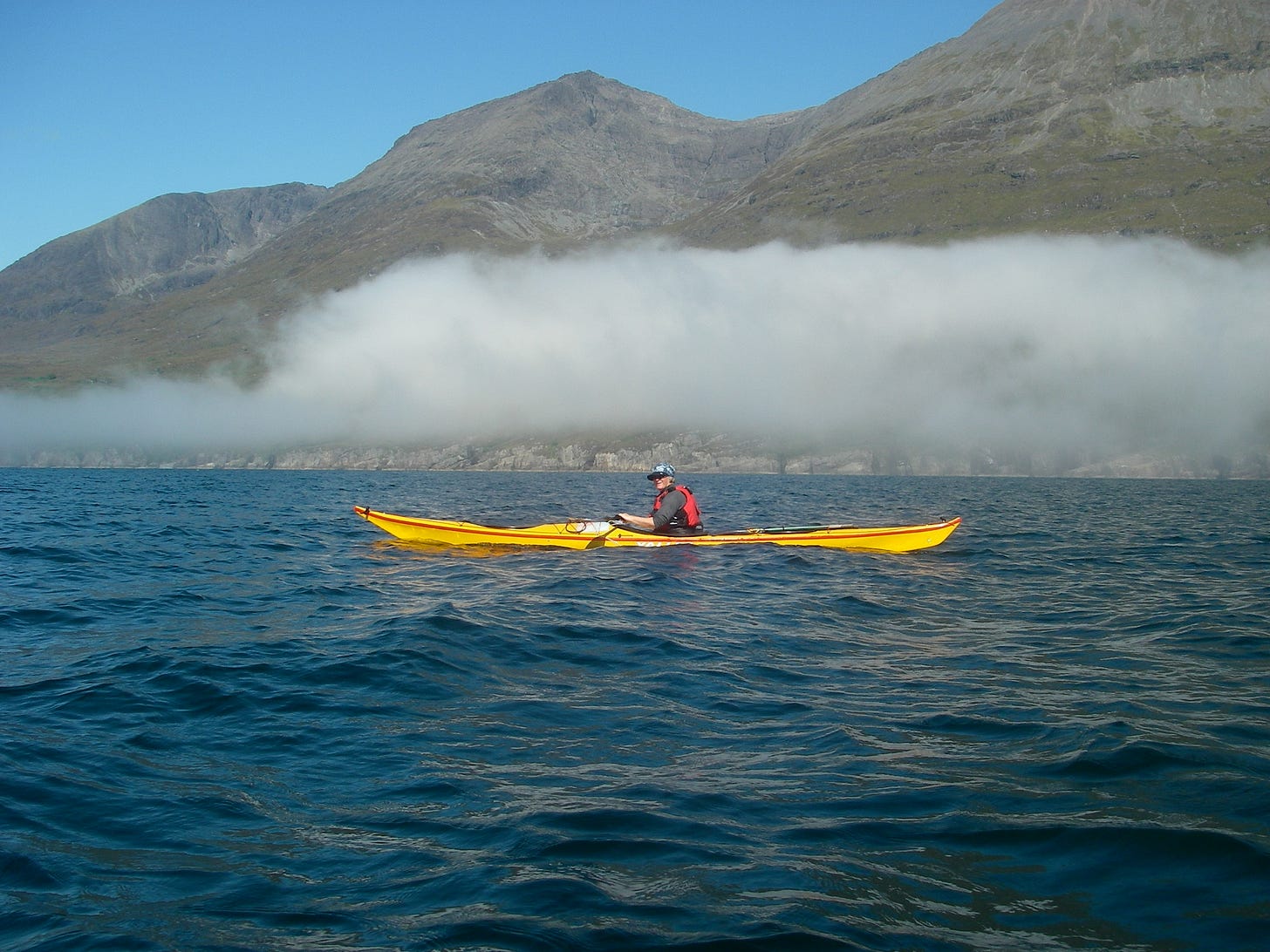
Regarding wildlife perhaps the species which most people are hoping to see are Basking sharks. They can be seen reasonably regularly plus a range of dolphins and occasionally whales. Entering Loch Scavaig there are numerous seals, frequently hauled out on the skerries. Please ensure that you give them a wide berth, life is challenging enough for them without having inconsiderate kayakers disturbing them. In addition, whilst paddling ensure that your eyes are turned skywards at times. White-tailed Eagles, Scotland’s largest bird of prey, are always a thrilling sight. There are now approximately 150 breeding pairs and then can be encountered throughout the western isles. A certain times of the year Manx Shearwaters can be seen wheeling across the tops of the waves. Hardly surprising as over 100,000 pairs breed on Rum, just to the south. Despite the attraction of these “exotic” species I think my favourite bird is the Black Guillemot, full of character and lacking in my home waters, I always look forward to renewing my acquaintance with them.
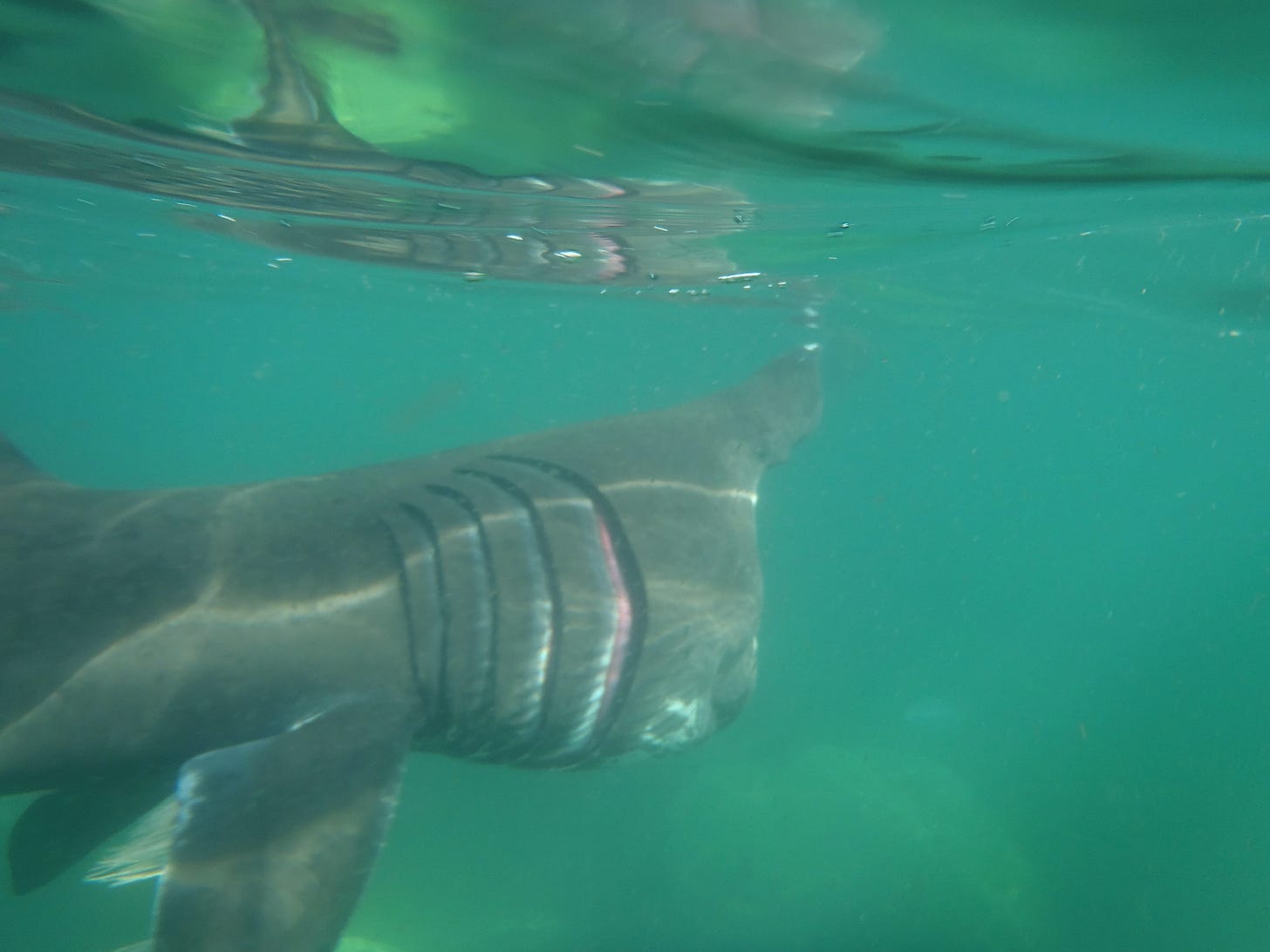
This small section of the south coast of Skye holds so much attraction for sea kayakers, with every visit offering the opportunity of something new. If you haven’t paddled here before why not make 2023 the year that you cross the bridge to Skye. The second largest island in Scotland offers numerous opportunities to enthrall paddlers and open windows to some amazing environments.



